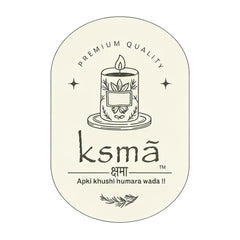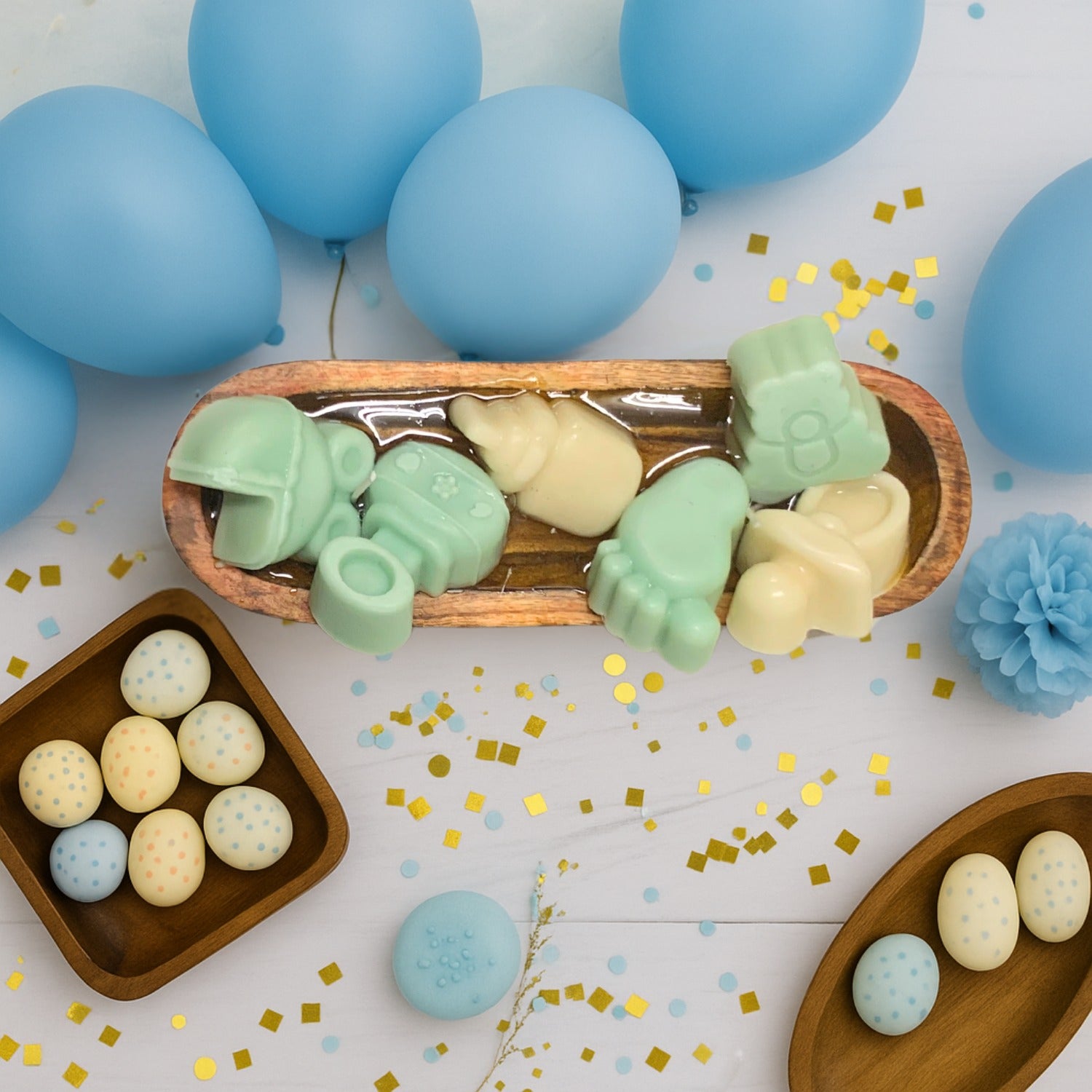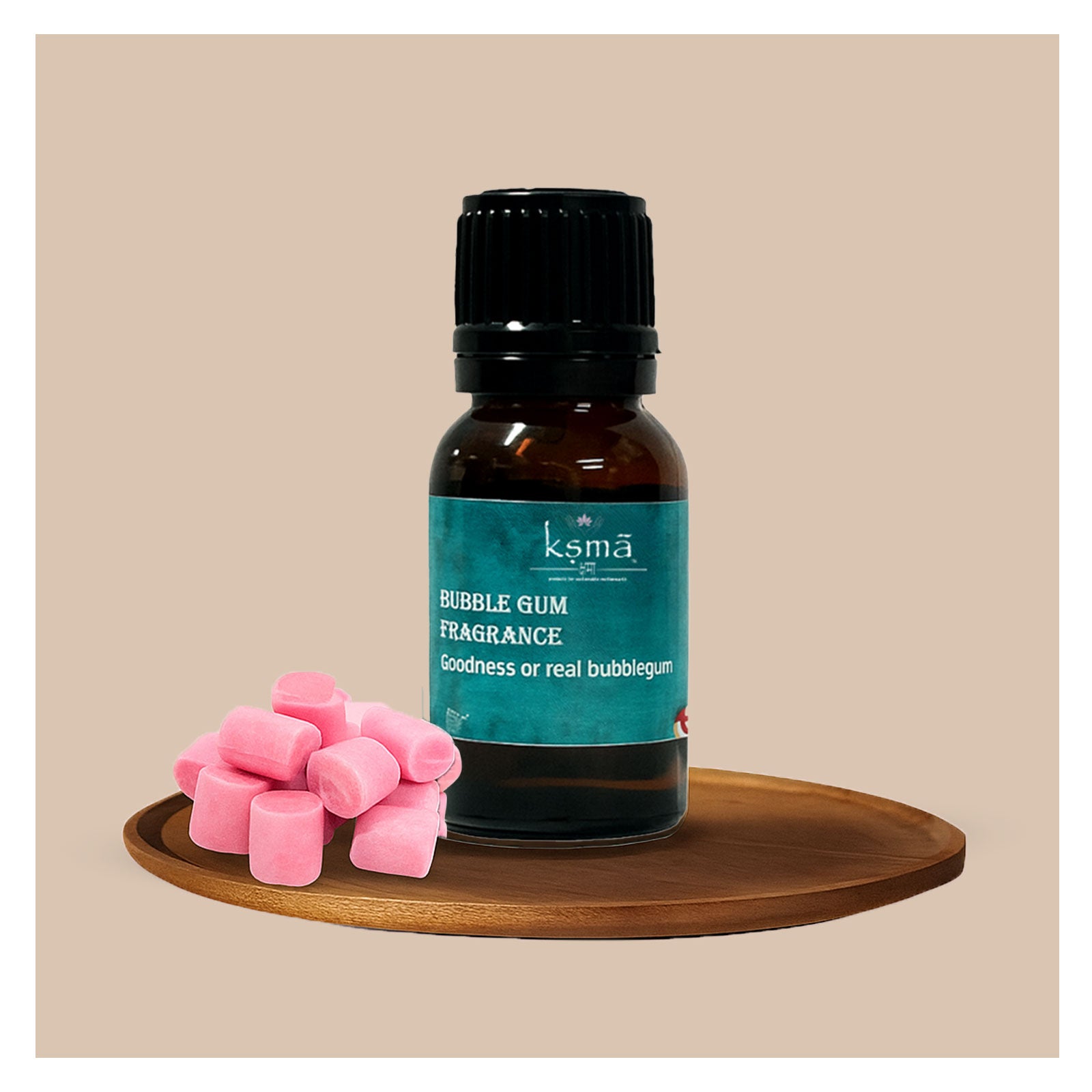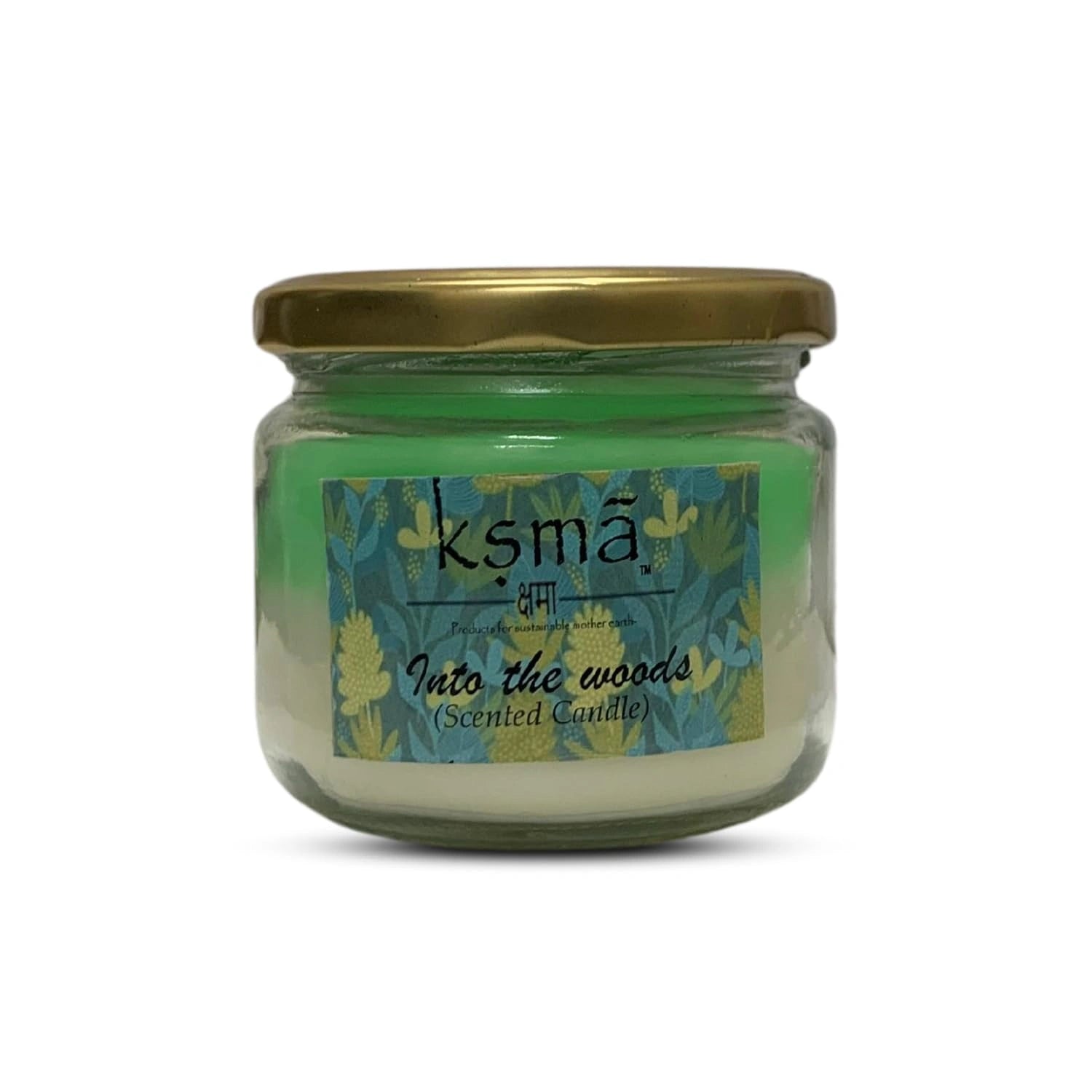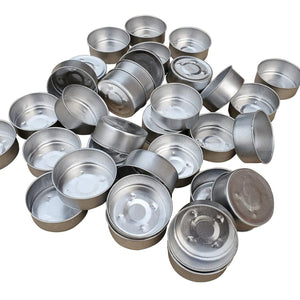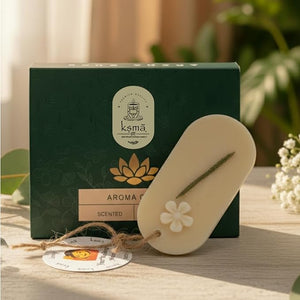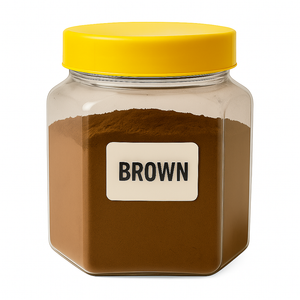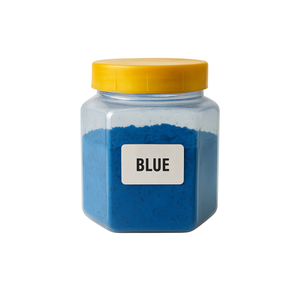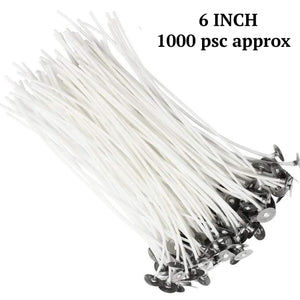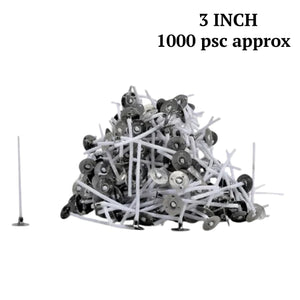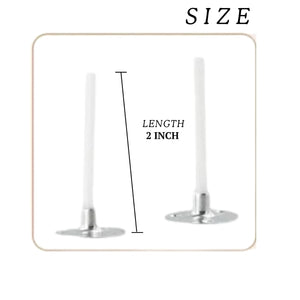
Tea Tree Oil Cosmetic Making: Nature’s Power in Every Drop
The Magic of Tea Tree Oil
In the world of natural cosmetics, few ingredients are as versatile and powerful as tea tree oil. Extracted from the leaves of Melaleuca alternifolia, this essential oil has been celebrated for centuries for its antibacterial, antifungal, and anti-inflammatory properties. Whether you’re formulating a tea tree toner, crafting a tea tree oil face mask, or preparing an essential oil diffuser blend, understanding how to use tea tree essential oil correctly is the key to safe, effective cosmetic making. In this blog, we’ll explore how to make your own tea tree oil-based cosmetics, the best ways to blend and dilute it, and where to source high-quality essential oils for your DIY creations.
What is Tea Tree Oil?
Tea tree oil, also known as Melaleuca alternifolia oil, is a potent essential oil extracted through steam distillation of the tea tree’s leaves. Its main active compound, terpinen-4-ol, gives it powerful antimicrobial and anti-inflammatory benefits, making it a favorite for skincare, haircare, and aromatherapy.
Tea tree oil composition:
-
Terpinen-4-ol (30–40
-
γ-Terpinene (10–28%)
-
α-Terpinene (5–13%)
-
1,8-Cineole (up to 15%)
When purchasing, always choose pure and organic-grade tea tree essential oil for cosmetic use.
Benefits of Tea Tree Oil in Cosmetics
-
For Skin – Controls acne, reduces inflammation, and balances oily skin.
-
For Hair – Fights dandruff, soothes an itchy scalp, and promotes healthier roots.
-
For Mouthwash – Acts as a natural antibacterial and antifungal rinse (when properly diluted).
-
For Aromatherapy – Helps relieve stress, purify air, and boost mental clarity.
-
As a Natural Insect Repellent – Keeps bugs away effectively without harsh chemicals.
We offer high-quality tea tree essential oil ideal for skincare and cosmetic formulations.
What You’ll Need: Cosmetic Making Essentials
Before starting your DIY cosmetic project, gather these tea tree oil cosmetic-making materials:
-
tea tree essential oil (Melaleuca alternifolia)
-
Carrier oils (like jojoba, coconut, or almond oil)
-
Distilled water or rose water
-
Emulsifying wax (for lotions or creams)
-
Essential oils (like lavender or peppermint for blending)
-
Natural preservatives (like vitamin E)
-
Mixing bowl and spatula
-
Glass jars or bottles for storage
All these materials — from essential oils to wax and jars — can be purchased from the KSMA , your one-stop destination for cosmetic and candle-making supplies.
Step-by-Step: Making a Tea Tree Oil Face Toner
Step 1: Prepare Your Base
In a clean glass bowl, mix:
-
½ cup distilled water
-
2 tablespoons witch hazel (acts as a natural astringent)
Step 2: Add Tea Tree Oil
Add 5–8 drops of tea tree essential oil (Ensure proper tea tree oil dilution — roughly 1% concentration for face products) .
Step 3: Add Extras
Enhance your toner with 3–4 drops of lavender essential oil for soothing benefits.
Step 4: Store Properly
Pour your blend into a sterilized glass spray bottle. Shake well before each use.
This tea tree toner is perfect for oily and acne-prone skin.
Step-by-Step: Making Tea Tree Hair Serum
Step 1: Combine Oils
In a small bowl, mix:
-
2 tablespoons argan oil ( argan oil )
-
2 tablespoons jojoba oil ( jojoba oil )
-
6–8 drops tea tree essential oil ( tea tree essential oil )
-
3 drops peppermint oil (optional for freshness) ( peppermint oil )
Step 2: Mix and Apply
Stir well and store in a dropper bottle. Massage a few drops into your scalp. This serum fights tea tree oil dandruff, strengthens hair, and leaves it refreshed.
Aromatherapy and Diffuser Use
Beyond cosmetics, tea tree essential oil is a must-have for aromatherapy lovers.
Add 4–6 drops of tea tree oil to your essential oil diffuser or humidifier to purify the air and uplift your senses.
It blends beautifully with lemon, eucalyptus, and lavender essential oils.
Safety and Dilution Guidelines
-
Always dilute tea tree oil with a carrier oil before applying it to your skin.
-
Recommended dilution: 1–2% for face care, 3–5% for body products.
-
Perform a patch test before full use.
-
Avoid using around the eyes and mucous membranes.
-
Store in a dark glass bottle away from heat and sunlight.
Frequently Asked Questions (FAQs)
Q1: Can tea tree oil be used directly on skin?
No, it must be diluted. Undiluted tea tree oil for skin can cause irritation or dryness.
Q2: How does tea tree oil help dandruff?
Its antifungal and anti-inflammatory properties fight the fungus Malassezia, reducing dandruff and scalp itching.
Q3: What’s the difference between tea tree essential oil and tea tree oil?
They’re the same — tea tree essential oil is the pure extracted form used for aromatherapy and cosmetic making.
Q4: Can tea tree oil be used for oily skin?
Yes! It regulates sebum, clears acne, and refreshes oily skin when used in diluted toners or gels.
Q5: What is terpinen-4-ol, and why is it important?
Terpinen-4-ol is the key active compound responsible for tea tree oil’s antimicrobial and anti-inflammatory effects.
Final Thoughts: Embrace Natural Beauty with Tea Tree Oil
From skincare and haircare to aromatherapy, tea tree oil is a must-have in every cosmetic maker’s toolkit. Its purity, versatility, and healing nature make it the cornerstone of DIY cosmetic making. Whether you’re creating a tea tree toner, anti-dandruff serum, or essential oil diffuser blend, always choose high-quality tea tree essential oil. Shop authentic, lab-tested tea tree essential oil and all your cosmetic making supplies directly from ksma.in — the trusted source for creators and beauty brands.
